Sourav Pan
Transcript
Welcome to this lecture on the electron transport chain, a critical component of cellular respiration. Through this process, cells harness energy to produce ATP, the molecule that powers most biological functions. Let’s break down the steps of the electron transport chain and see how electron transfer leads to ATP production.
The electron transport chain, or ETC, is located in the inner membrane of the mitochondria. It consists of a series of protein complexes and molecules that transfer electrons from NADH and FADH2 to molecular oxygen, generating a proton gradient that powers ATP synthesis. Let’s examine this step by step.
NADH is generated in metabolic pathways such as the TCA cycle, β-oxidation, and the pyruvate dehydrogenase reaction.
Inside the mitochondria, NADH transfers its electrons to Complex I, or NADH dehydrogenase. This complex contains a cofactor called FMN, which accepts electrons from NADH. FMN then transfers these electrons, one at a time, to iron-sulfur centers within Complex I.
The electrons are eventually passed to ubiquinone, also known as CoQ. During this process, CoQ is reduced to ubiquinol. The energy released here pumps protons from the mitochondrial matrix into the intermembrane space, establishing a proton gradient. This gradient is a key driver for ATP synthesis later in the process.
Next, electrons are donated by FADH2, which is formed during the oxidation of succinate to fumarate in the TCA cycle. These electrons are transferred to Complex II, also known as succinate dehydrogenase.
Unlike Complex I, Complex II does not contribute to the proton gradient, as it does not pump protons across the membrane. Instead, it directs electrons to ubiquinone, which is then reduced to ubiquinol. Both NADH and FADH2 electrons converge at this point, continuing their journey through the ETC.
Reduced CoQH2 transfers its electrons to Complex III, also known as cytochrome reductase. Within this complex, electrons move through a series of carriers, including cytochrome b and cytochrome c1, before reaching cytochrome c.
During this process, iron within cytochrome alternates between its Fe3+ and Fe2+ states as it accepts and donates electrons. The energy released here pumps additional protons into the intermembrane space, further strengthening the proton gradient.
For every molecule of NADH oxidized, two cytochrome c molecules are reduced, ensuring efficient electron transfer.
In the final step, electrons from cytochrome c are transferred to Complex IV, also known as cytochrome oxidase. This complex catalyzes the reduction of molecular oxygen to water. For each pair of electrons, one oxygen molecule is reduced to form water.
As electrons move through Complex IV, additional protons are pumped into the intermembrane space, further amplifying the gradient.
The proton gradient established across the inner mitochondrial membrane serves as the driving force for ATP synthesis. Protons flow back into the matrix through ATP synthase, a protein complex that converts this flow into mechanical energy to synthesize ATP from ADP and inorganic phosphate.
To summarize, the electron transport chain uses electrons from NADH and FADH2 to create a proton gradient. This gradient powers ATP synthesis, completing the process of oxidative phosphorylation. Each step, from electron transfer to proton pumping, is essential for the efficient production of cellular energy.
Thank you for joining this session on the electron transport chain. Stay curious and explore how these molecular processes sustain life at its most fundamental level.
Study Materials
Electron Transport Chain - Diagram, Definition, Steps, Products, Importance
Helpful: 0%
Related Videos

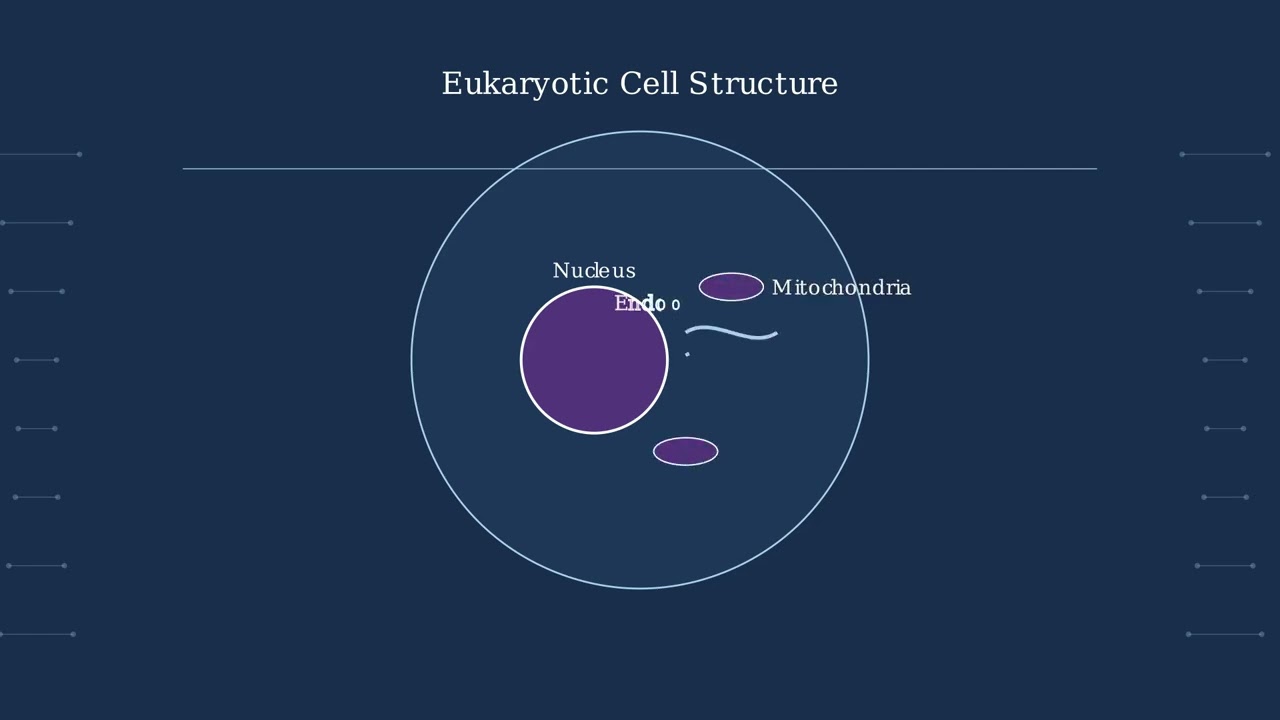
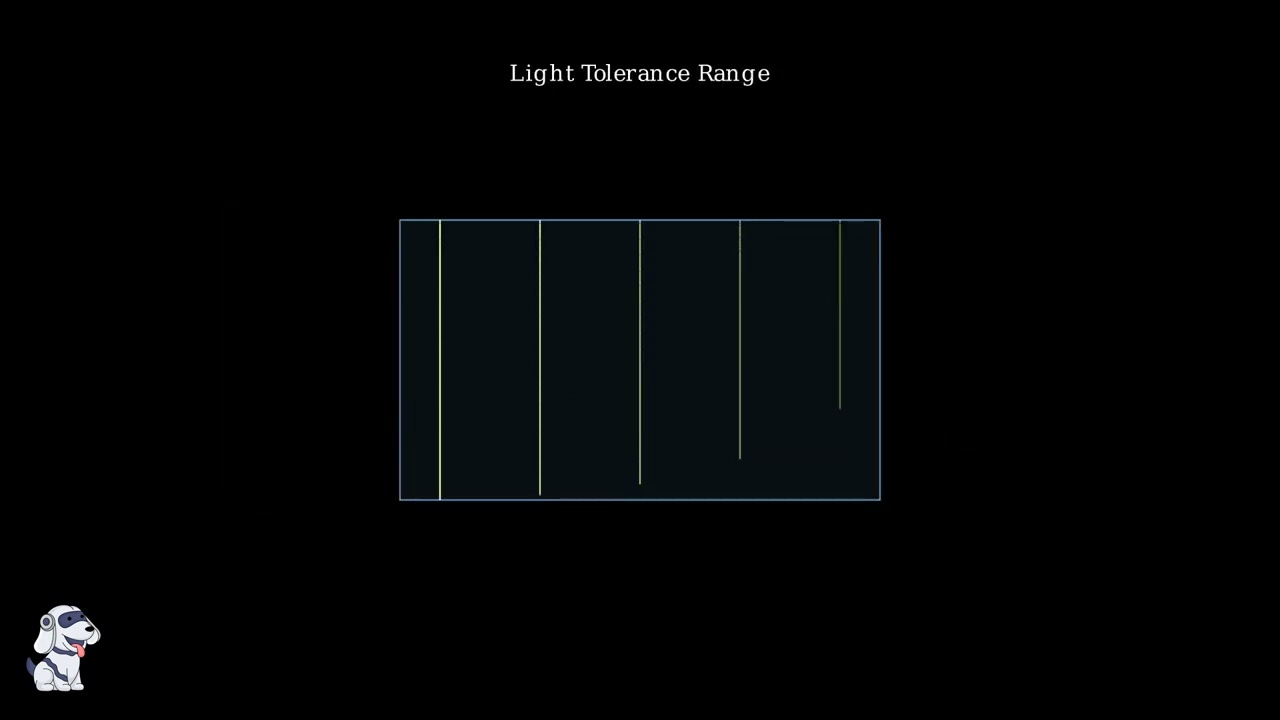


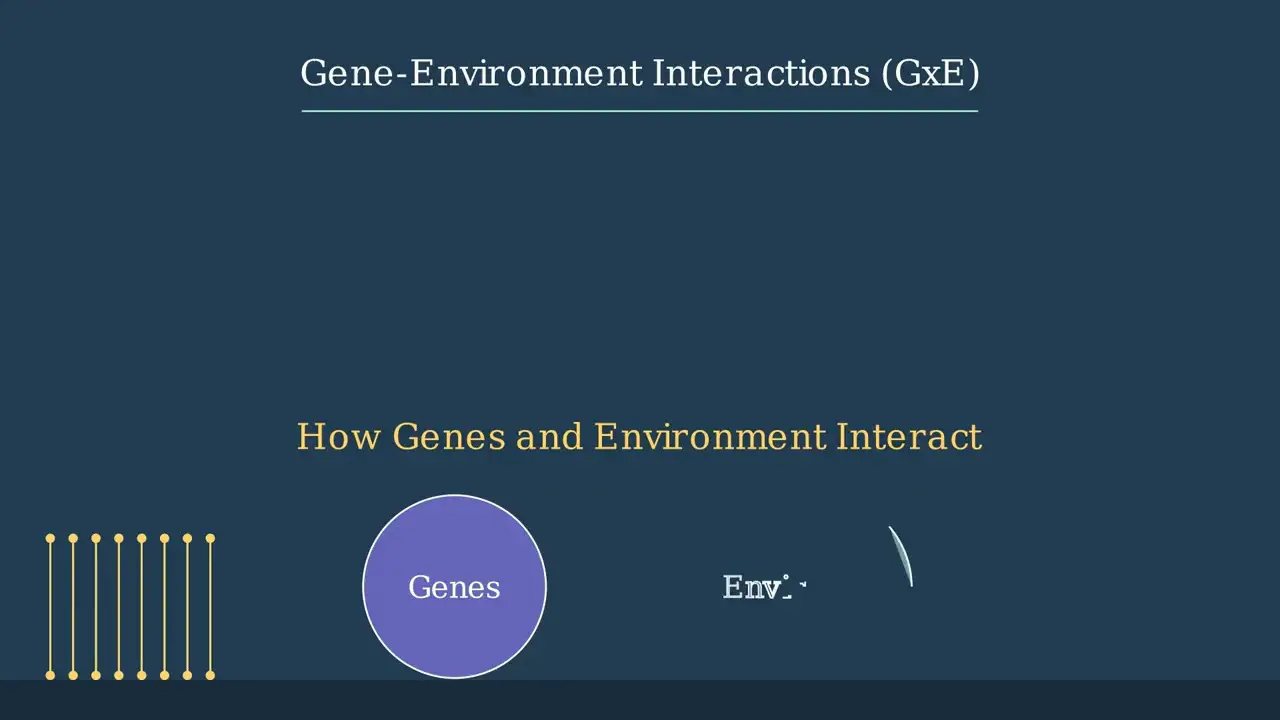

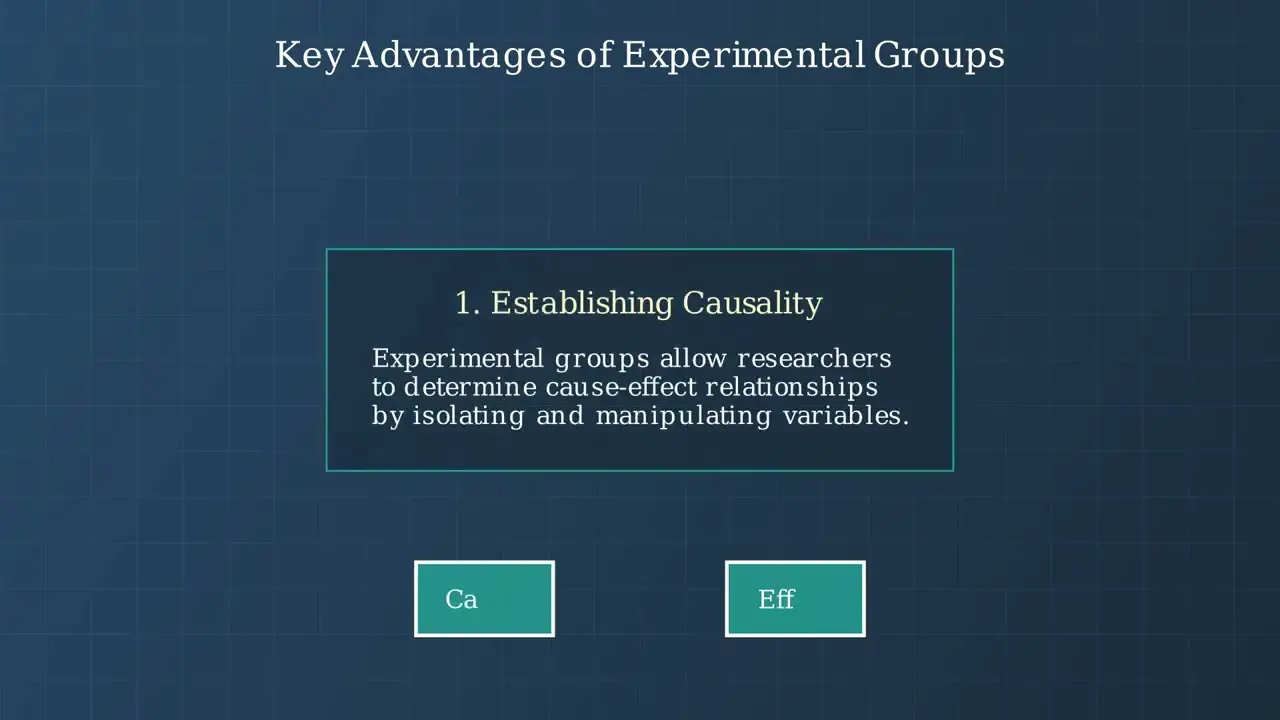
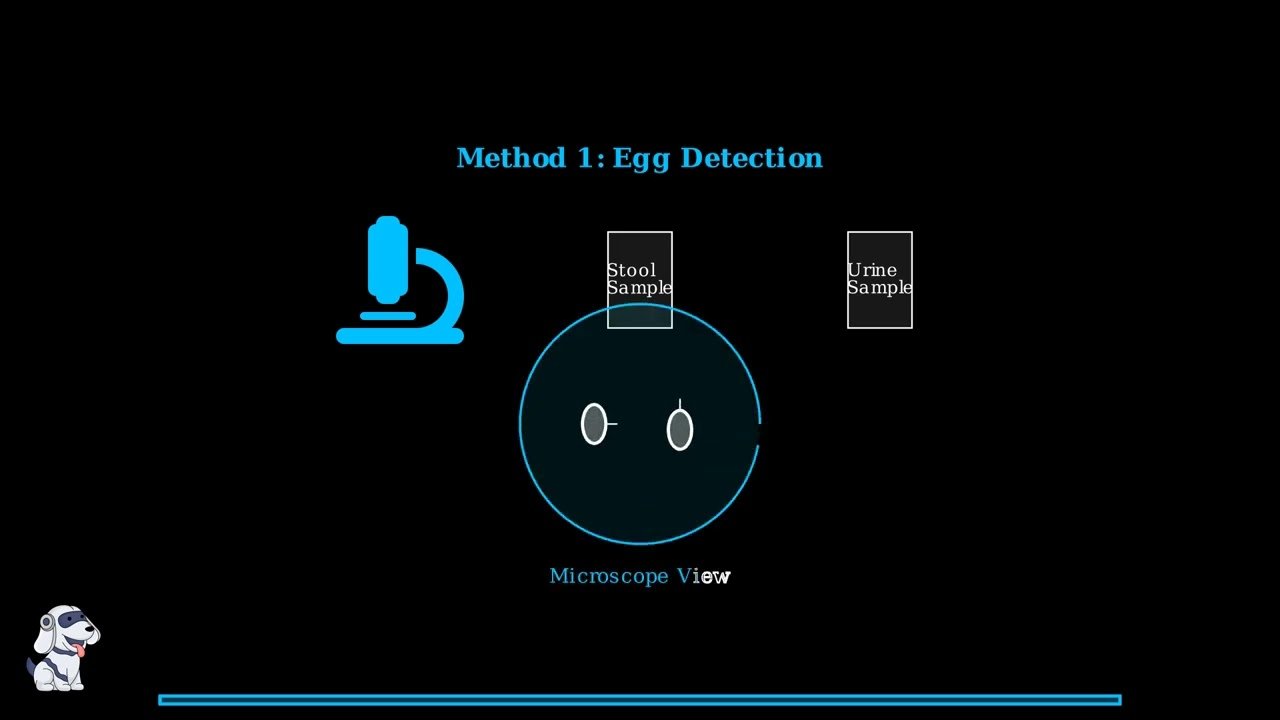
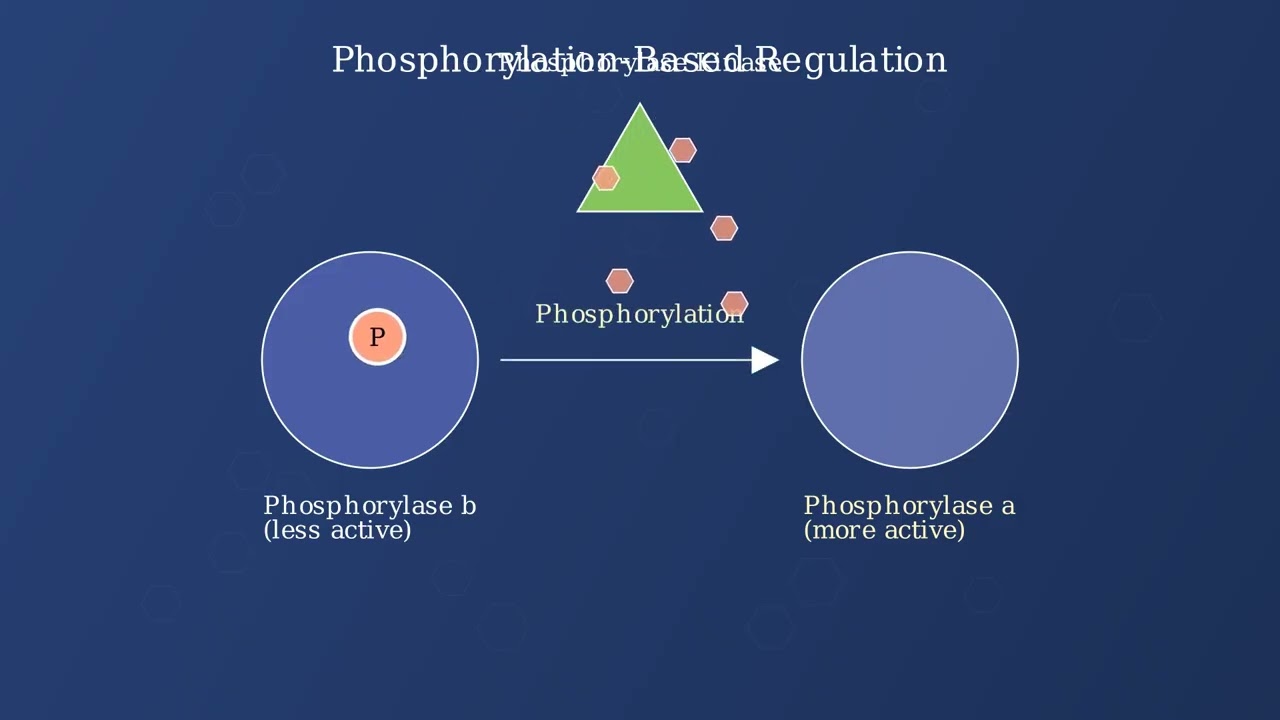
- Text Highlighting: Select any text in the post content to highlight it
- Text Annotation: Select text and add comments with annotations
- Comment Management: Edit or delete your own comments
- Highlight Management: Remove your own highlights
How to use: Simply select any text in the post content above, and you'll see annotation options. Login here or create an account to get started.